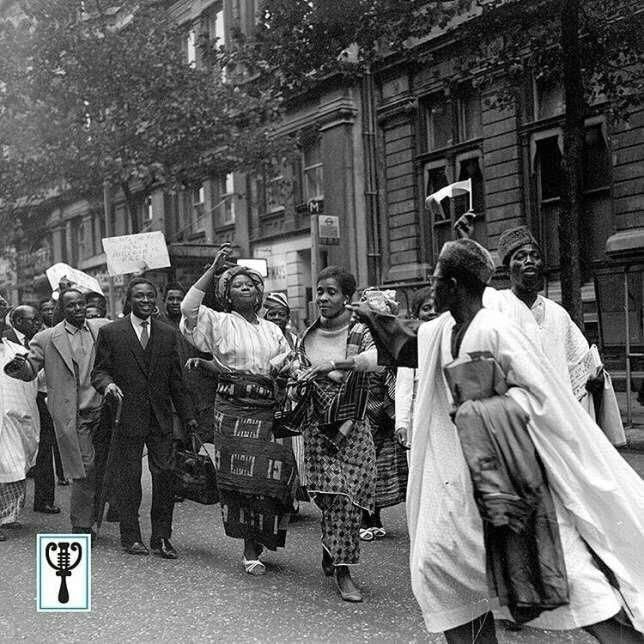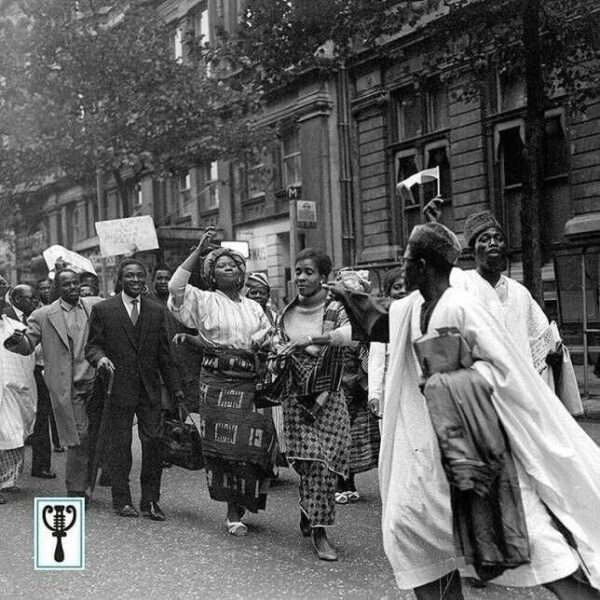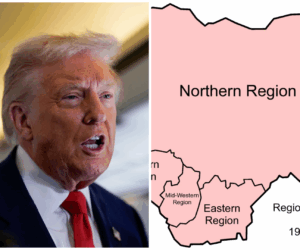
Today, Nigeria marks another Independence Day, an occasion that invites reflection on the country’s long journey from colonial rule to self-governance.
As the Secretary to the Government of the Federation, Senator George Akume, explained at a world press conference in Abuja on Monday, Independence Day is not only a ceremonial date but an opportunity for sober reflection and renewed patriotism.
Independence Day is a profound opportunity for us to reflect on how far we have come as a people, celebrate our resilience, and renew our commitment to unity, peace, and progress – Akume said.
This year’s theme, “Nigeria at 65: All Hands on Deck for a Greater Nation,” emphasises that the project of nation-building rests on collective responsibility. President Bola Tinubu, in his nationwide broadcast to mark the country’s 65th independence anniversary, said that all hands must be on deck to reposition the country among its peers globally.
RECENT: 5 Events Where Lagos Youth Are Celebrating Independence Day
He stated that Nigeria must be a nation of producers, not just consumers. In his words:
Let us farm our land and build factories to process our produce. Let us patronise ‘Made-in-Nigeria’ goods. I say Nigeria first. Let us pay our taxes.
65 years on, and October 1st still carries a deep historical weight of political struggles, nation-building, and sacrifices of leaders who pushed for freedom. To truly understand why the day remains symbolic, we must revisit the events that brought the nation to that defining moment.
YOU MIGHT LIKE: Meet the Real Old Money: 10 Nigerians who made their fortune before 1960
How Independence Day Happened
The struggle for Nigeria’s freedom can be traced to the formation of the Nigerian National Democratic Party in 1923 by Herbert Macaulay. A major turning point came in 1944 with the creation of the National Council of Nigeria and the Cameroons (NCNC), founded by Macaulay and Azikiwe.
The decade that followed was marked by sharp political struggles like the nationwide opposition to the 1946 Richards Constitution, and the Macpherson constitutional crisis of 1951, which carved the country into three unequal regions: North, East, and West.
As regionalism took root, political parties emerged along ethnic lines. In the North, Sir Ahmadu Bello’s Northern Peoples Congress dominated. In the West, the Egbe Omo Oduduwa of 1948 gave birth to Awolowo’s Action Group (AG) in 1951, a Yoruba-based party that rivalled Azikiwe’s NCNC in both Western and Eastern politics.
This regional politics would shape Nigeria’s independence and haunt its post-colonial stability. In 1953, Chief Anthony Enahoro, often described as the “Father of the Nigerian State,” made the first motion for Nigeria’s independence in the House of Representatives. Though the motion was rejected, it ignited nationwide agitation for freedom.
The motion resurfaced multiple times. Samuel Ladoke Akintola’s 1957 attempt succeeded in parliament but was blocked by the British.
RELATED: 5 African countries still using their colonial names – just like Nigeria
In 1958, Remi Fani-Kayode pushed for independence by April 1960, but the date was not approved. Finally, in 1959, Sir Abubakar Tafawa Balewa successfully moved a motion, backed by sustained nationalist pressure, and Britain fixed the handover of power for October 1, 1960.
Nigeria’s journey to independence was marked by decades of agitation, political struggle, and constitutional reforms.
The D-day
The celebrations began on the night of September 30, 1960, at the Lagos Race Course. On the 1st of October, 1960, a crowd of about 40,000 people gathered to witness the historic moment. The British Union Jack was lowered and replaced with the green–white–green flag of Nigeria.
Princess Alexandra of Kent, representing Queen Elizabeth II, handed the constitutional instruments of independence to Sir Abubakar Tafawa Balewa, who became Nigeria’s first Prime Minister. Dr. Nnamdi Azikiwe was sworn in as Nigeria’s first indigenous Governor-General, while Balewa delivered a unifying broadcast, calling on Nigerians to embrace democracy, peace, and unity.
October 1 was declared an annual public holiday, marking Nigeria’s sovereignty and the official end of British colonial rule.
RECOMMENDED: Only 10 states have produced Presidents in Nigeria – See the list
The Symbolism of the Green-White-Green Flag
A central highlight of Independence Day was the unveiling of Nigeria’s national flag. It was designed in 1959 by Michael Taiwo Akinkunmi, then a 23-year-old student. The flag was selected through a national competition.
-
Green: Represents Nigeria’s agricultural wealth, natural resources, and fertile land.
-
White: Symbolises peace, unity, and the nation’s aspiration for a harmonious future.
The flag was officially hoisted for the first time at midnight on October 1, 1960, replacing the Union Jack. From that moment, it became the emblem of Nigeria’s identity, pride, and sovereignty.
ALSO READ: What did the Nigerian flag look like before independence?
October 1, 1960, was more than just a handover of power; it was the birth of a nation carried by visionaries like Anthony Enahoro, Nnamdi Azikiwe, Obafemi Awolowo, Ahmadu Bello, and Sir Abubakar Tafawa Balewa.
Today, over six decades later, Independence Day remains both a celebration and a challenge. It reminds Nigerians of the sacrifices made for freedom, while also urging citizens and leaders alike to reflect on how far the nation has come and the work that still lies ahead.
EXPLORE: Sommie’s Tragic Death: “May Nigeria Never Happen to Me” — But It Did








